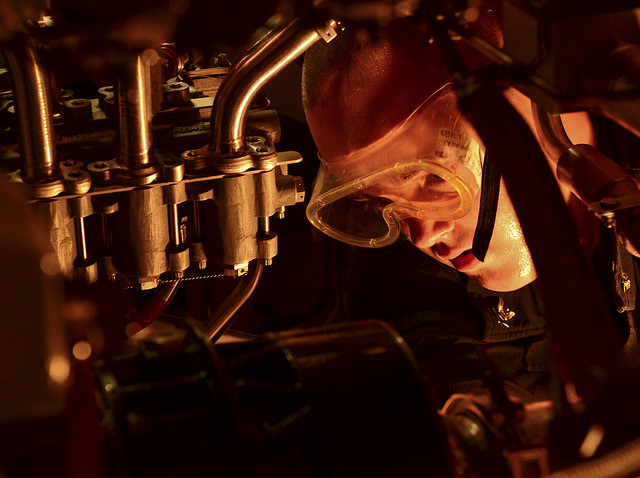
The Defense Department seeks a few good ideas from the public.
Much like the famed open tryouts of Dick Vermeil’s Philadelphia Eagles that immortalized hometown hero Vince Papale, the Department of Defense (DOD) has thrown down the gauntlet and issued open tryouts for the next generation of defense designers.
Incorporating an inventive platform for collaboration among designers and manufacturers, the DOD is looking to expedite the process of innovation, design and creation of military equipment from tanks to planes and beyond. While this program is specifically tailored to address the needs of the armed forces, it has widespread ramifications for all of America’s manufacturing industry.
Perhaps the greatest advantage of our digital age is that with proper access to information and expertise, any idea can become reality in a fraction of the time that was previously required. This concept has been seized on by countless online forums and community sites, in which individuals can share information, experiences, advice or new data.
By circumventing the pitfalls, mistakes and growing pains of others, an individual or business can exponentially increase the progress of their particular enterprise. Now imagine if this model were used for advanced manufacturing.
It already is, and the site is the Digital Manufacturing Commons (DMC).
Originally introduced as the Adaptive Vehicle Make (a Defense Advanced Research Projects Agency initiative), DMC has matured into a project multiplier which reduces barriers to entry for innovators, small business and entrepreneurs.
Anyone can contribute ideas or suggestions in this online community. Viable concepts are incorporated into designs in real time allowing contributors to continuously work in collaboration on the most upgraded model. When completed, the designs can be virtually tested before a prototype is built. The process saves substantial time, money and energy.
This is not your grandfather’s manufacturing. Imagine an online community of gamers across the country working in coordination to create a product which currently does not exist. Picture multiple projects of this sort occurring simultaneously.
Now consider the economic potential of producing these new products in the United States. With new collaborative platforms like the DMC, the United States could far surpass our competitors in innovation and production. Let’s hope that this is the first of many such programs.
